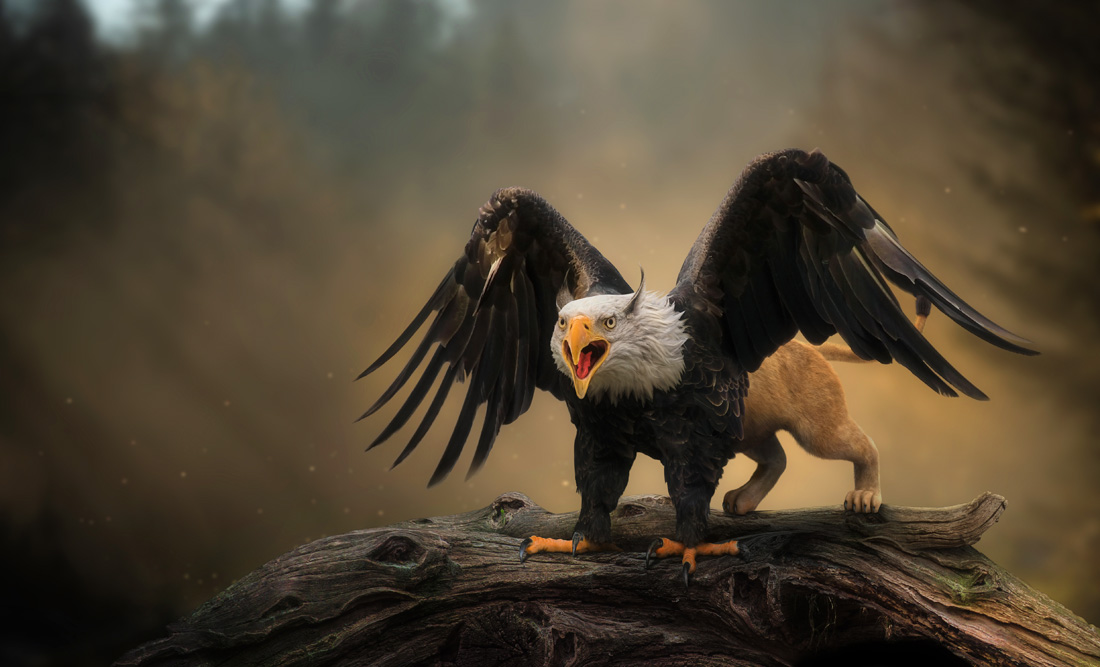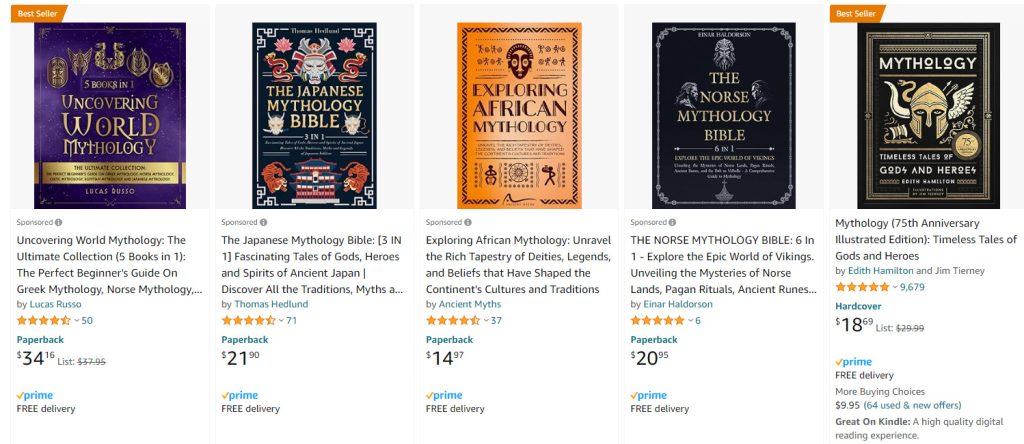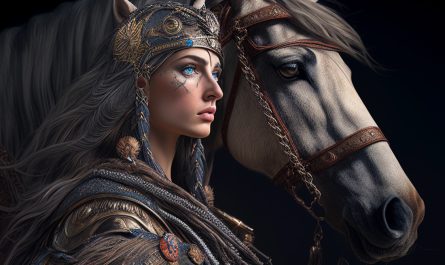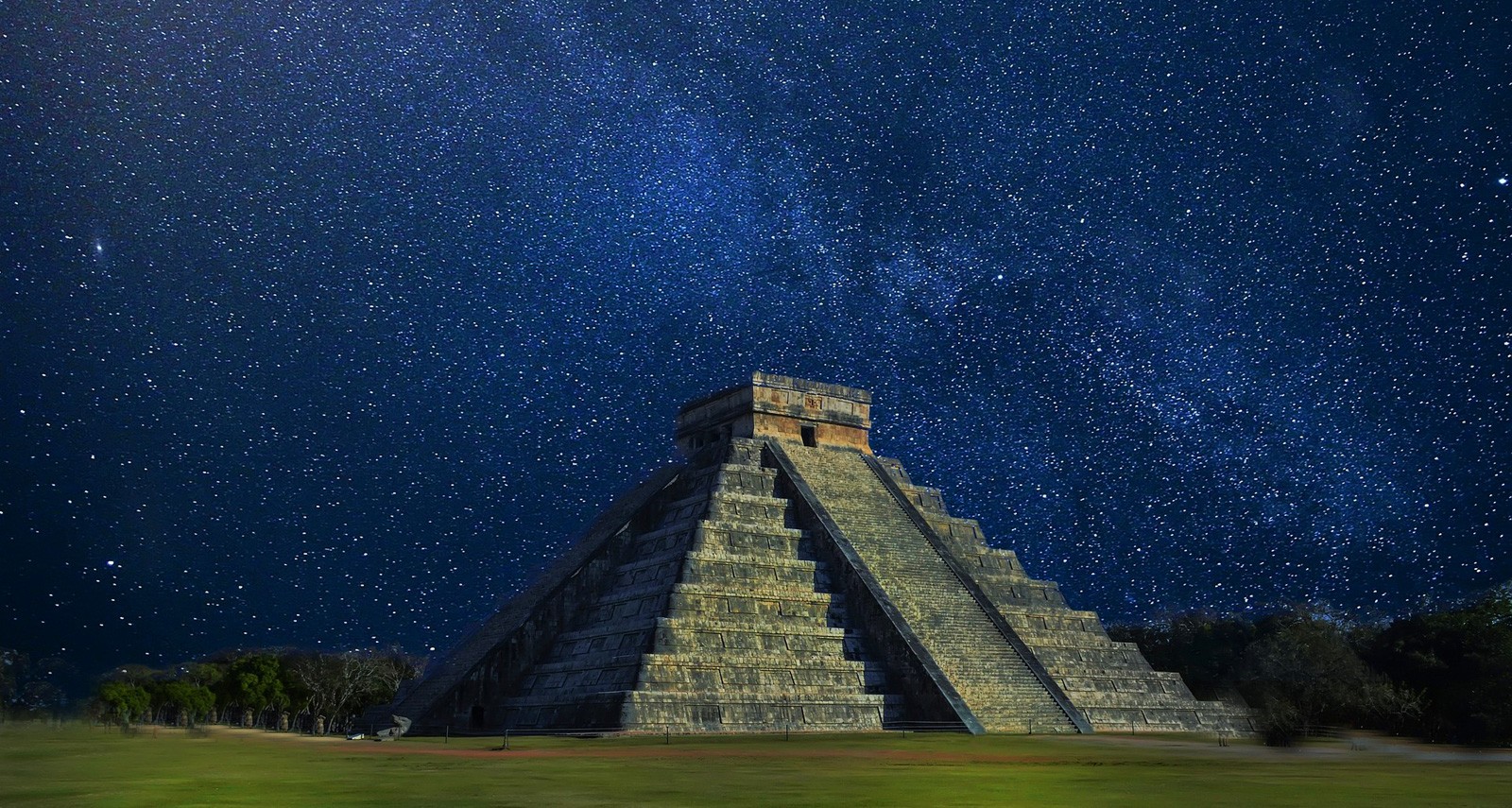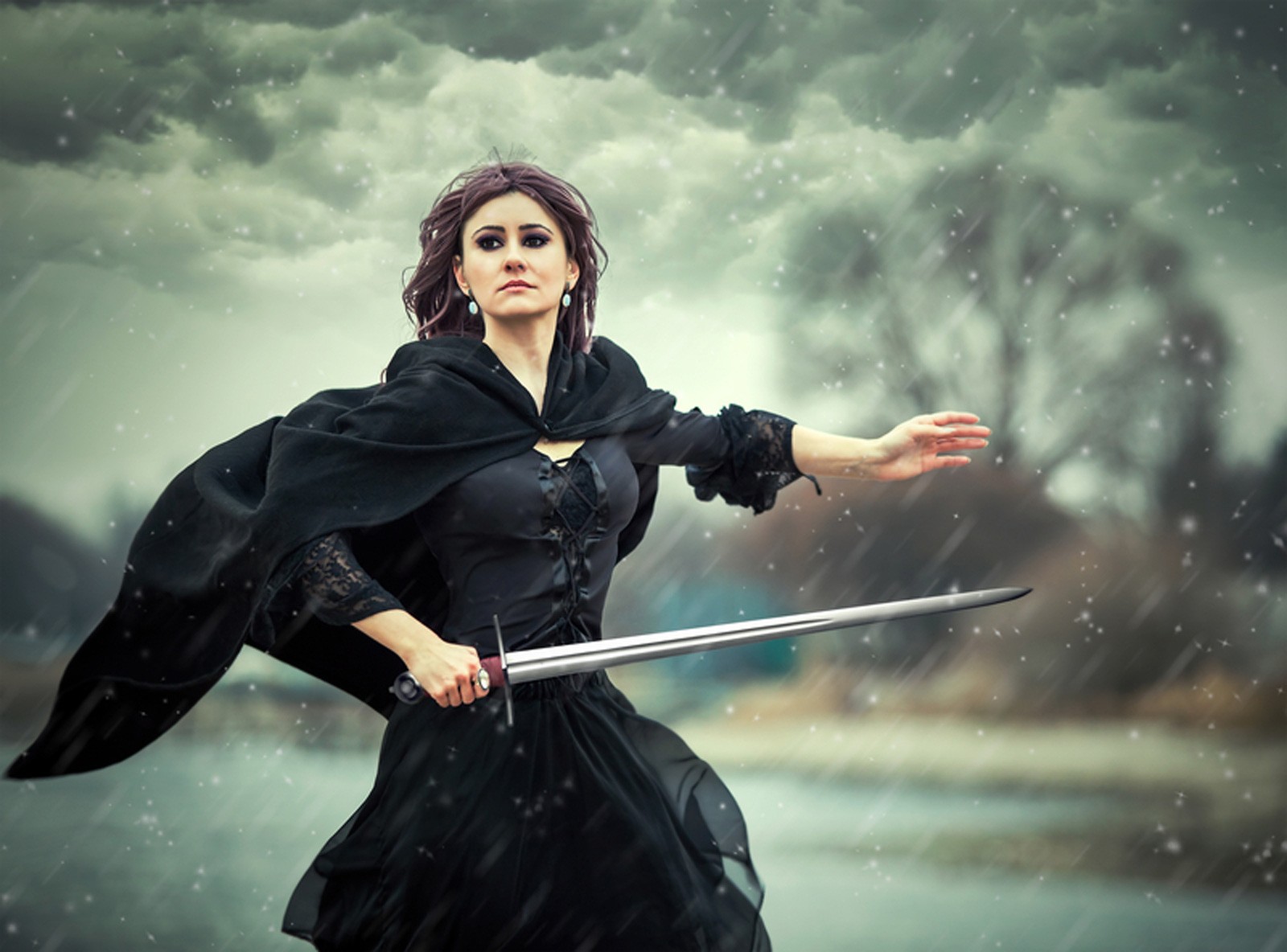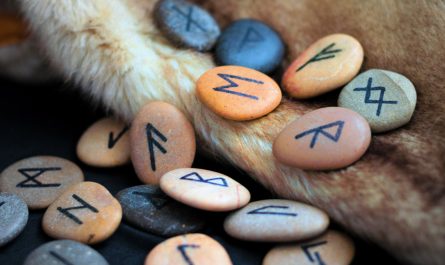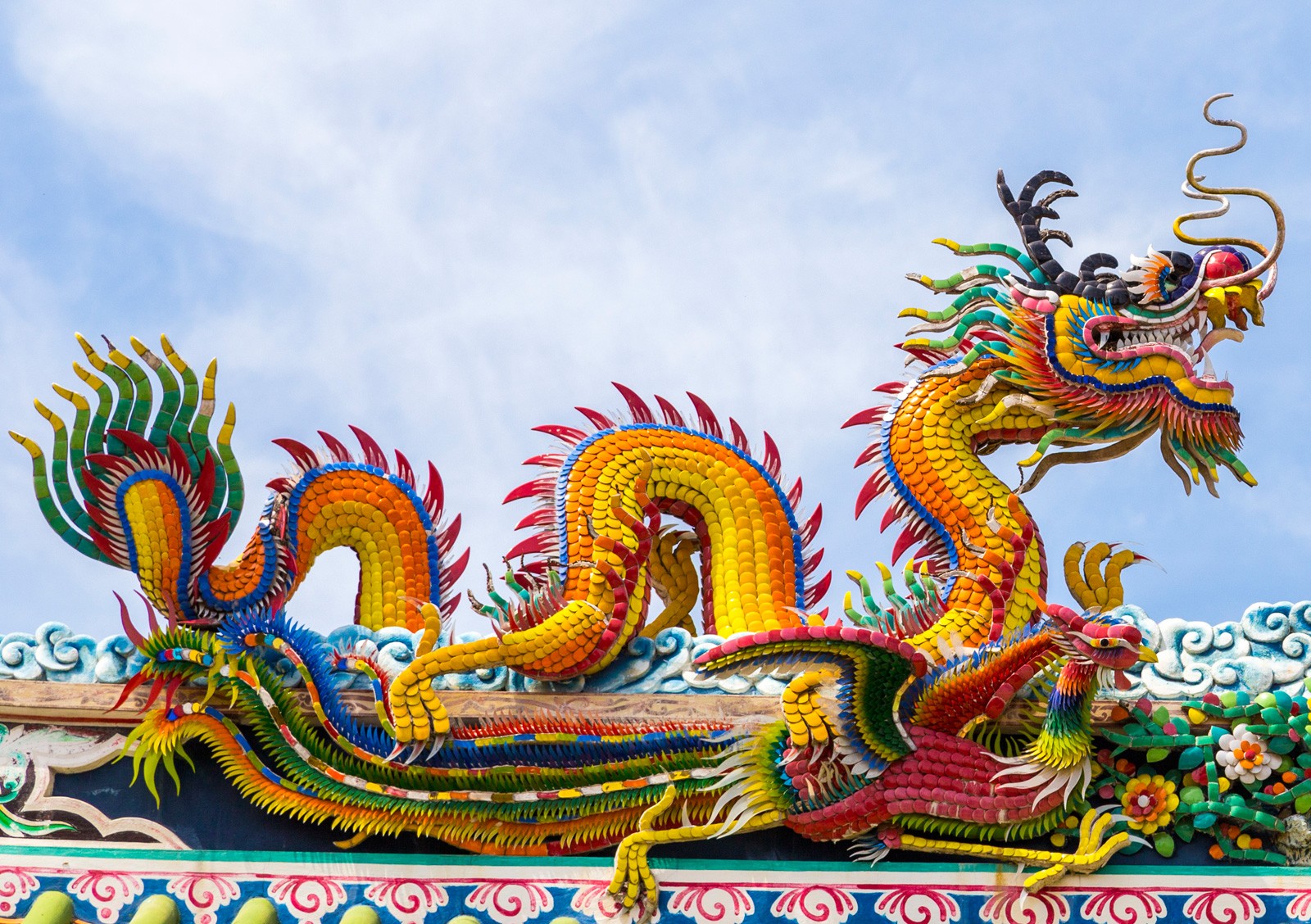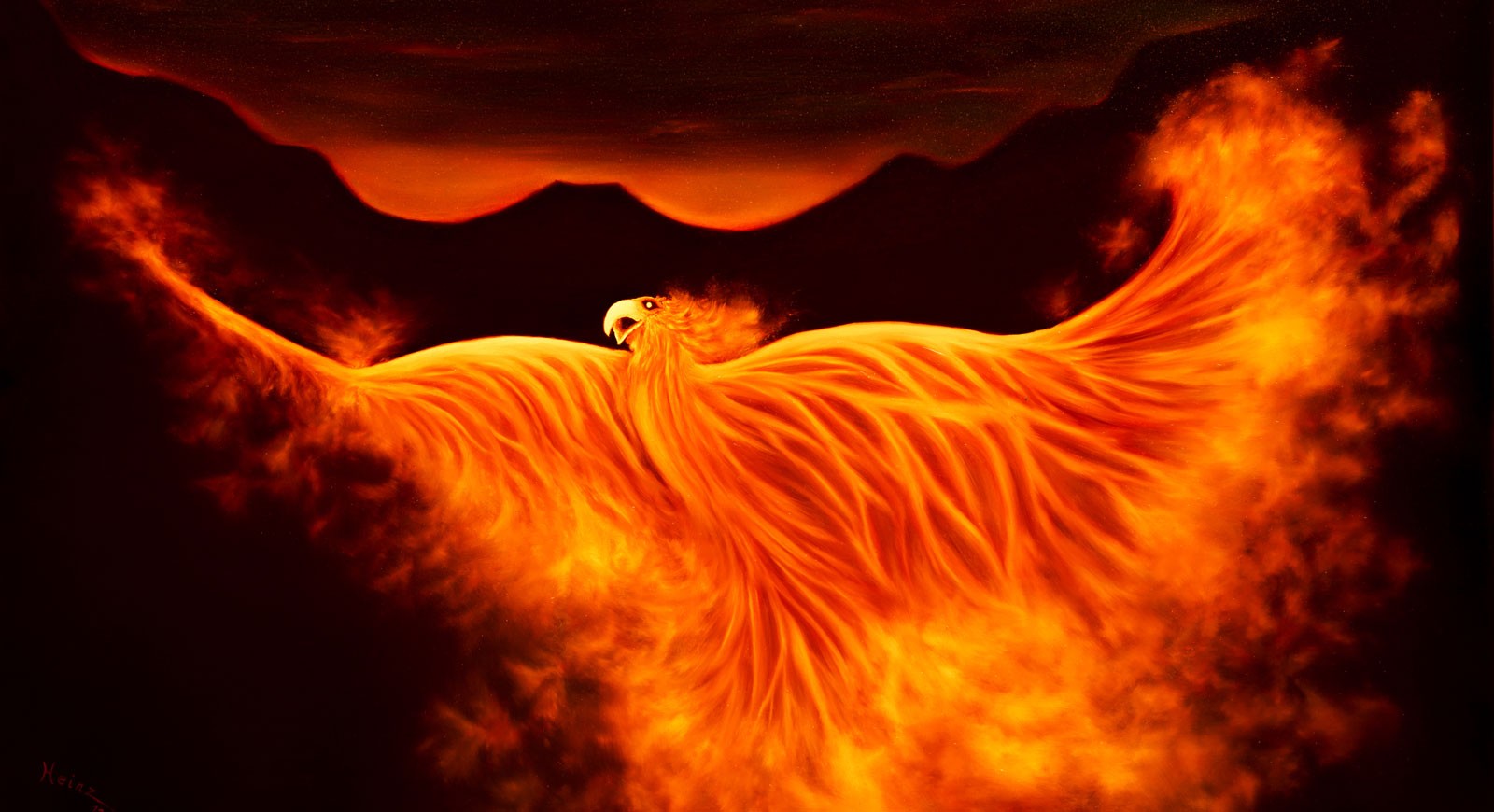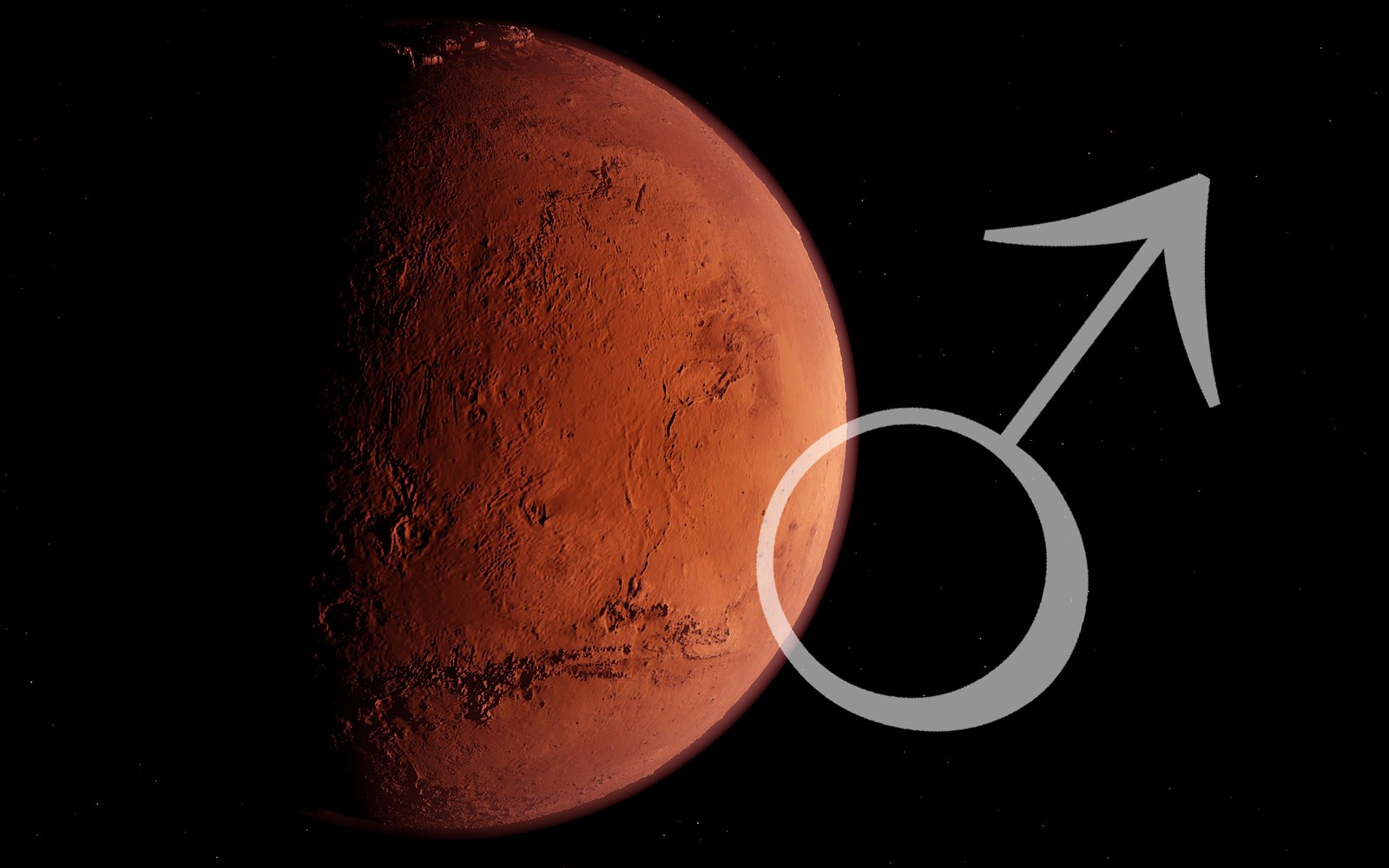Last Updated on April 24, 2025 by Avia
At the time of this writing, Halloween (All Hallows Eve, Samhain, All Saint’s Day – whatever name you call the holidays on or around October 31st) is fast approaching. It’s a time of year when wicked costumes are often donned, and grotesque creatures prowl the earth. For me, this time of year is a celebration of the unusual and unique. It’s a time to embrace the unconventional and maybe even seek beauty in what might otherwise be considered macabre. It’s in this same spirit that I thought it would be nifty to talk about various hybrid creatures in myth and lore.
Table of Contents
What is a Mythological Hybrid?
A mythological mashup or hybrid creature is a combination of two or more beings to make a whole new and different entity. In many cases, we see hybrids formed between humans and animals. In other cases, a hybrid is a mixy-matchy of different animals shoved together in an odd amalgamation.
Very often, hybrid creatures in myth tend to lean on the monstery side. These beasties were often meant to be menacing and terrifying in legends and lore. There are some exceptions to the dark side of hybrid creatures.
Take Pegasus for example. Peggy is a mashup of a horse and a bird and is purposed to be a symbol of beauty, majesty, and great spiritual power. On the other hand, consider the chimera – a beastly mixup of a goat, serpent, and a lion known to strike fear upon anyone who encounters it.
At any rate, a mythological hybrid is essentially two or more entities smushed together to convey a certain theme, philosophy, moral, virtue, or life-lesson.
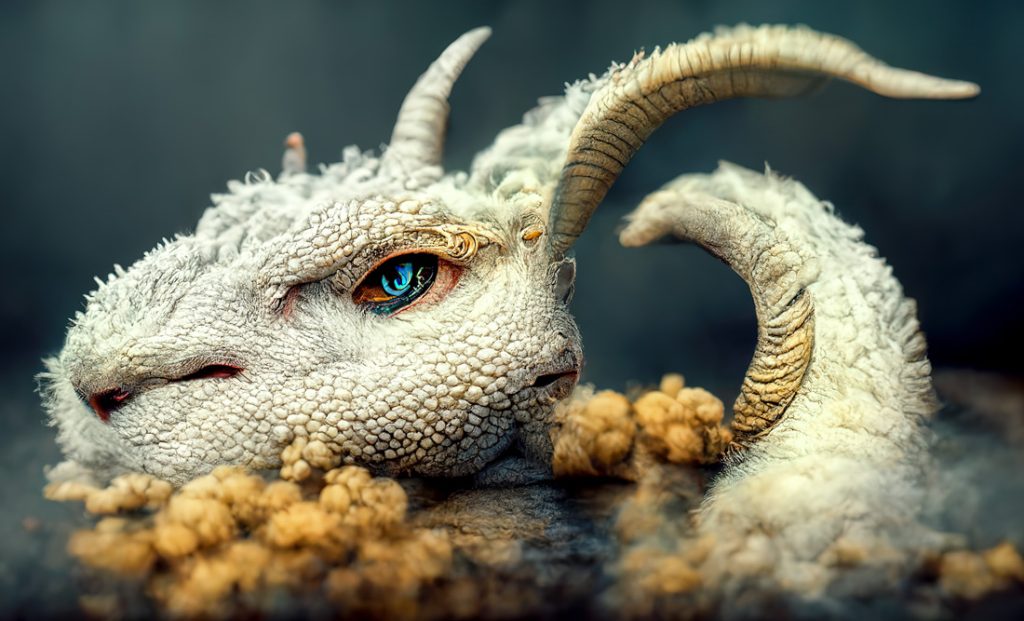
How are Hybrid Creatures in Myths Created (and why)?
Each hybrid has its own history and story. Sometimes these stories backup their unsettling visage. Other times a hybrid’s story explains their glorious beauty. Whether monstrous or glamorous, hybrid creatures are born from necessity. To elaborate, many mythological mashups are created to explain certain phenomena. I’m a big fan of science, but advances in science have a tendency to quash a lot of imagination out of stuff.
In the early days, before science could explain the unexplainable, mythological creatures were often used as a way to wrap our early minds around perplexing events in human life. Here are a few reasons hybrid creatures were woven in myth, legends, and lore over time.
Hybrids as Teachers
In many fairy tales and children’s stories, creepy hybrid creatures were concocted for cautionary purposes. There’s no better way to teach a kid about “stranger danger” than telling a story about a crazy, mashed-up monster who might gobble them up if trusted. Furthermore, macabre monsters were often devised as a way to caution children against displaying unsavory behaviors such as being spoiled, acting badly, being greedy, or being overly trusting of strangers.
Hybrids as Liaisons
Hybrid creatures in myths were often conveyed as liaisons between humans and the divine. This is especially true in Greek and Roman mythology, where we see many mythological creatures serving as go-betweens between humans and gods. For instance, in Egyptian mythology, the sphinx is often considered a bridge to divine gods and goddesses – a gateway of sorts, disseminating divine wisdom from the source to humanity.
Hybrid Creatures as Protectors
Speaking of the sphinx, this Egyptian hybrid is also considered to be a guardian of sacred knowledge. We find the characteristic of protection in a lot of mythological hybrids. From griffins to gargoyles, or mermaids to Minotaurs – hybrid creatures often play the starring role of protectors and guardians of treasure, wisdom, secrets, and all kinds of stuff that needs something more substantial than a padlock for protection.
Hybrids as Explanations for the Unexplainable
As mentioned earlier, hybrid creatures in myth were often created by early humans as a way to explain or justify something wholly baffling. Take a look at earlier sailors who cultivated all manner of myths to explain real-life, deep-sea creatures that seemed impossibly unreal.
A weird creature was often crafted in drawings or stories as a way to capture a fleeting glimpse of a natural phenomenon and bring some order to the sighting. These creature myths were an attempt to wrap minds around something truly mind-boggling.
Hybrids for Good, Plain Fun (and Fright)
Nothing makes a story juicier than a fantastically fierce monster showing up on the scene. This was very true in early myths and literature such as Homer’s epic Odyssey in which glorious gorgons and a menacing Minotaur are featured.
Before the days of television, stories were conveyed verbally or through portrayal by actors on a stage and stage props. The best way to get an audience to pay attention or attend a theatrical venue is to recruit some kind of drooling, ghoulish monster in the mix.
Common Mythological Hybrid Creatures and Their Meanings
Now that we’ve established what they are and why they exist in the history of humankind let’s take a look at some of the most noteworthy hybrid creatures in myth and lore. Of course, these bodacious beauties aren’t the only hybrids in the world. I’m just giving you a sampling here. In truth, there are thousands of legendary hybrids all around the world.
Centaur
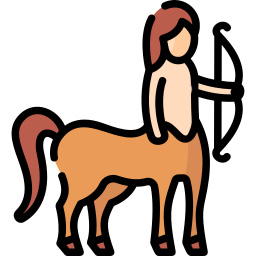
As a Sagittarius sun sign, the centaur is one of my personal favorite hybrid creatures in myth and lore. Half human, half horse, the centaur has a lot of different connotations in various myths. The most common centaur in legend is Chiron. Chiron was a Greek centaur who was renowned for his extraordinary wisdom, scholarly pursuits, and knowledge of medicine.
However, in Greek myth, Chiron was the exception to the rule, because centaurs were largely known for the vicious, violent and savage nature. Nonetheless, in Roman mythology, centaurs were considered loyal warriors with high integrity. In later Greco-Roman lore, we see centaurs as defenders of knowledge.
In some sects of mythology, centaurs were like mythic bards – they cherished arts such as poetry, music, story-telling, and they were relied upon to pass on wisdom to humans. Their dualistic reputation (being aggressive juxtaposed being erudite) falls in line with their dualistic symbolism. To explain, centaurs are symbolic of duality. The horse symbolizes fierce freedom, and wild behavior, whereas their human side indicates rational thought, analytical thought, and reason.
Chimera
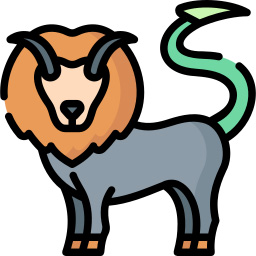
Part goat, part lion, and part serpent – the chimera shows up in Greek mythology. It was said the chimera could breathe fire and spew venom. It was also famed for its impressive lion-like strength and it was known for its sly goat-like wit. The chimera lived in ancient Lycia (now Turkey), bordered by the Mediterranean Sea. Because it possessed a triple threat of brains, brawn, and lethal weaponry, the chimera enjoyed a long reputation for being invincible.
The chimera was blamed for innumerable deaths, and it destroyed the lands with its fiery brimstone breath. Fed up with all the devastation and chaos caused by the chimera, King Iobates tasked the mighty Greek hero, Bellerophon, to slay the beast. Bellerophon was able to kill the chimera with the help of another hybrid creature, Pegasus. Bellerophon shot arrows at chimera from the sky while straddling Pegasus (see entry for winged horses further down this article). The symbolism of the chimera is often associated with unsavory human qualities such as hoarding, greed, dishonesty, selfishness, and untrustworthiness.
Griffin
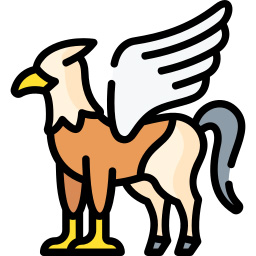
Unlike many of their mythological beastie counterparts, the griffin enjoys a valiant reputation. These are powerful, winged creatures often depicted with a lion’s hind-end, an eagle head, and talons for front feet. A noble creature, griffins were often guardians of magnificent wealth and treasure. They were a common sculpted feature in the Mediterranean and Middle Eastern regions, and their popularity spread into Asia and eventually to Greece around the 14th century CE.
As an iconic protector, the griffin is often standing guard at the entrance of temples, castles, and other sacred buildings. Griffins were also popular funerary figures. They guard the remains of important people who have passed from this realm into the next. Because griffins were a long-standing figurehead for honor, protection, and unwavering service – they became a strong feature in the medieval annals of bestiary heraldry. Symbolically, the griffin represents the characteristics we’ve mentioned here – so, stuff like: Honor, protection, guardianship, loyalty, integrity, duty, and nobility.
Manticore
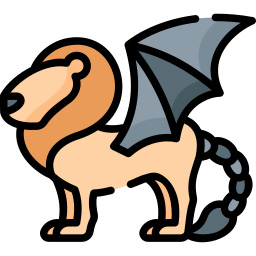
This is a badass hybrid that originally hails from Persia, but has made appearances in Indonesia, France, India myths and less frequently in North American folk legends. It’s a wicked-looking being borrowing bits like a human head, a lion body, poisonous porcupine quills, and the pièces de résistance, a poisonous scorpion tail.
Some mythological accounts depict the manticore with bat-like wings. The manticore is portrayed as a vicious, man-eating beast with a voracious appetite for human flesh. They are also known to lure in humans with their beautiful voices and melodic singing – only to eat their unsuspecting, music-loving admirers.
Old European folk tales document manticores as hoarders or thieves, feasting on wealthy travelers on remote roads in forests. After eating their victims, they would take the unfortunate travelers’ gold and possessions, only to stash them in their hidey-hole-homes.
Symbolically, the manticore is a cautionary figure. It was used in fairy tales to caution children and village people to not be so trusting, and not be lured in by enchantments. The manticore may also be symbolic of the unsightly results of being greedy. They represent the ugly side of theft and hoarding (because these creatures were truly nasty nuggets).
Mermaids
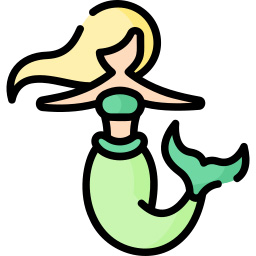
Mermaids enjoy a rich heritage in myth and lore. In Greek myth, they were original sirens who morphed into half maiden, and half bird. Later on, the Greek myths dropped the wings and popped a fishtail on these beautifully alluring hybrid creatures. You might be most familiar with Hans Christian Andersen’s literary work, The Little Mermaid that eventually became an animated box office hit.
In reality, The Little Mermaid was based on a much earlier piece of work known as the Book of Nymphs composed by ancient philosopher and alchemist, Paracelsus in 1566. Mermaids are often bunched into the same group as sirens, undines, water sprites, and nymphs. All of these creatures are predominantly female in form, alarmingly beautiful, extremely enchanting, and with fish-like bits (scales, fish tails, etc).
Depending upon which myth or legend you consult, mermaids can be very auspicious or very bad juju. For instance, in old British lore, the sighting of a mermaid meant bad weather for sailors. However, on the high seas surrounding Trinidad and Tobago, a mermaid sighting is allegedly supposed to be sublimely good luck. On this southernmost island in the Caribbean, good fortune is supposed to come upon anyone who has an encounter with a mermaid.
Symbolically, mermaids represent freedom of spirit as they are believed to be fiercely independent. Mermaids are also symbolic of enchantment, persuasion, femininity, beauty, and desire. They are also icons of magic, and the realm of the unknown as their home is the abyss of the mysterious seas that still elude mariners today.
Minotaur
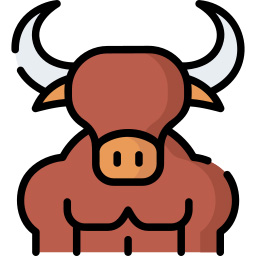
This is a beast and a brute of a hybrid. With a bodybuilder’s human physique combined with the studly strength of a bull, the Minotaur is a reckoning force. You may be most familiar with the Minotaur, who was condemned to wander the labyrinth located beneath King Minos’ castle in Crete.
Born from King Minos and Queen Pasiphae of Crete, the Minotaur started life with relative promise. His mother, Pasiphae, doted on him and loved him dearly. It was not until he grew older, stronger, and more impressive in stature that the king discovered he might have a use for the half-bull, half-man.
Knowing that the Minotaur could break a mortal man in half with its bare hands, he had Daedalus design an inescapable labyrinth. Then, Minos doomed the Minotaur to live there and eat the king’s foes. I guess that’s one way to get rid of your enemies.
In truth, the Minotaur is quite misunderstood and gets a bad rap. Who knows how he might have turned out if he continued to receive the love of his mother. At any rate, the story of the Minotaur is an unfortunate lesson in the hazards of being born different.
Symbolically, the Minotaur represents the struggle between human and animal instincts. It is also symbolic of what can happen when we resort to animalistic behavior and get stuck in the labyrinth of banal thought.
Pterippus (or Pegasus)
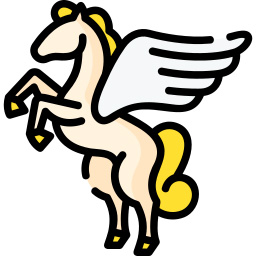
This is the much-fabled winged horse you might be familiar with in Greek mythology. This is one of the few hybrid creatures in myth that represents majesty, beauty, elegance, helpfulness, and regal status. In the Greek myth, Pegasus was born from the blood of the gorgon Medusa when Perseus beheaded her.
Symbolically, Pegasus is an icon of hope, renewal, loyalty, and good deeds. One of Pegasus’ overarching themes in myth was to set right what was wrong. Ergo, this winged hybrid is also symbolic of justice, honor, and establishing righteousness in the face of imbalance and injustice.
There are other winged horses in legend and lore, known as pterippus (which is a Greek term that combines hippo which means horse and pteros which means wing). For instance, there is the Arabian legend of Al Buraq, a winged horse associated with Mohammed.
Then there is the Biblical reference to archangel Gabriel’s winged steed named Haizum, whose wings were so expansive, they were known to block the light of the sun. There is also Quianlima, who was so supremely divine and perfect that it could not subject himself to a human rider.
Symbolically, winged horses carry a theme of honor, gallantry, and justice. They are beautiful icons of hope, courage, inspiration, strength, integrity, and purity of heart.
Satyr
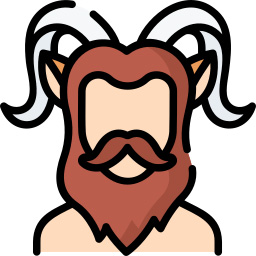
A satyr is similar to a centaur, but instead of a horse, a satyr has goat bits mixed in with human parts. It has the hind legs of a goat, and horns of a goat, but the rest of this hybrid is human. You might be most familiar with Pan, who is a Greek minor god. His job was to protect shepherds, and this satyr-god helped ensure safer herding.
Pan is also known as quite the bawdy goddy. This is because he’s often depicted with an engorged giggle stick (Google it if you don’t know the fun slang for the male member). He’s also closely associated with the debaucherous party god, Dionysus.
In addition to having a tricky, party-time reputation, satyrs are also known for their musical prowess. In fact, they have often been seen tooting on pan flutes (hence the name of the instrument – named after the satyr god Pan). Aside from their musical talents, they were also known for their skills in poetry and crafting lyrics.
Symbolically, the satyr shares the meaning of duplicity with the centaur. Additionally, satyrs are symbolic of appreciating nature. They represent embracing the wilderness in the world as well as the wilderness within the soul of humankind.
The Last Word on Mythological Mashups
While these few examples don’t even come close to covering all the hybrid creatures in myth and lore, it’s a good start. At least I covered some of the most common ones to pique your curiosity.
I hope this article inspires you to learn more about these amazing mythological creatures and research how they came into existence in our human story-telling tapestry. As always, thanks for reading!
Mighty brightly,

© Copyrighted. All Rights Reserved.
Go the Distance & Unveil More Mythology With These Amazon Selections
Want more? Me too! That’s why I’ve also got this for you on Whats-Your-Sign:

